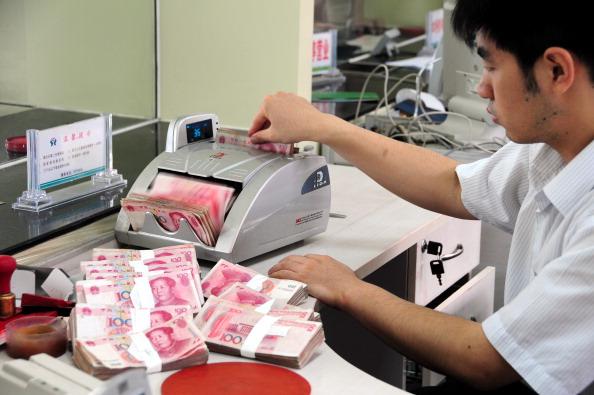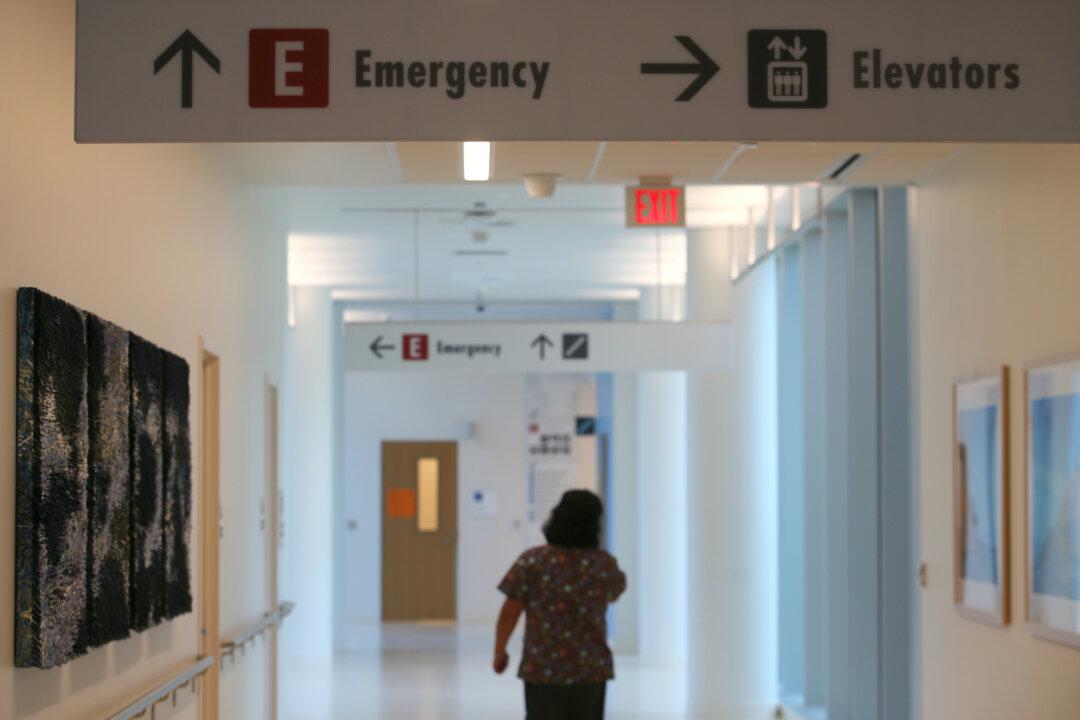BEIJING—Small banks in Chinese provinces affected by Beijing’s efforts to slash excess industrial capacity and reduce pollution are being hit by a spate of non-performing loans, according to reports from Chinese credit rating agencies.
Some small lenders in provinces such as Henan and Guizhou have seen their capital adequacy ratios fall to near zero or even negative due to the increase in bad loans, the reports say.





